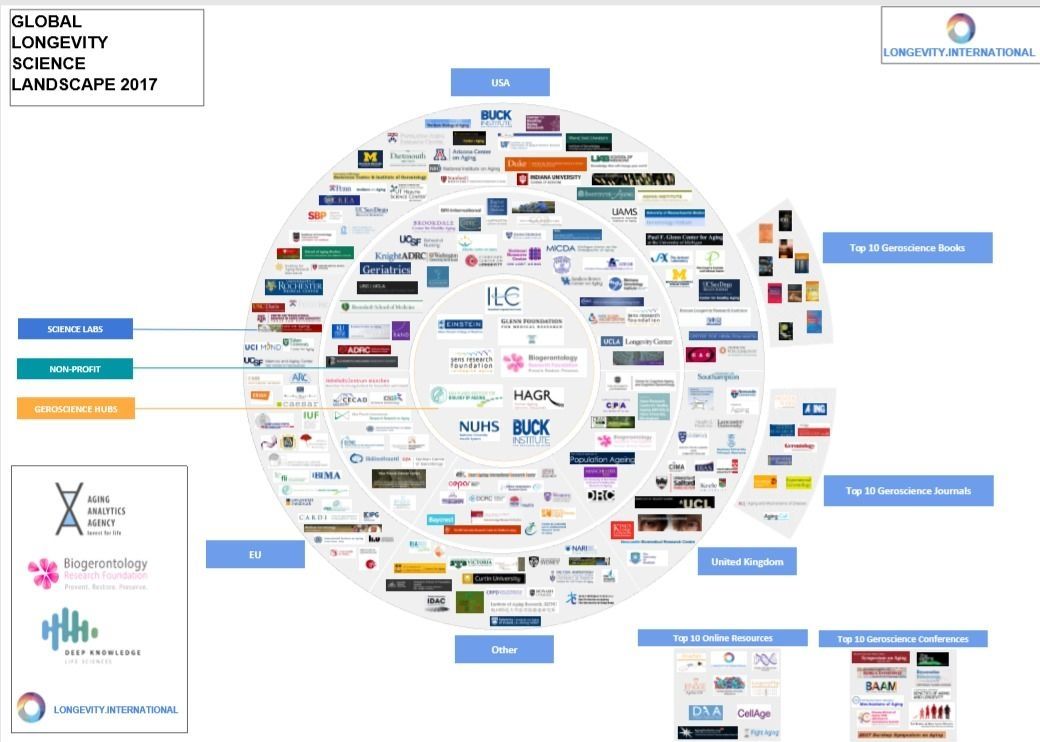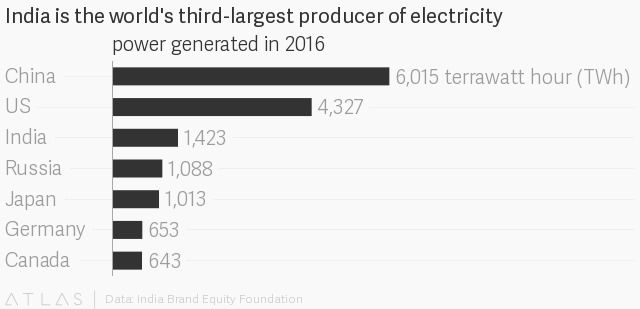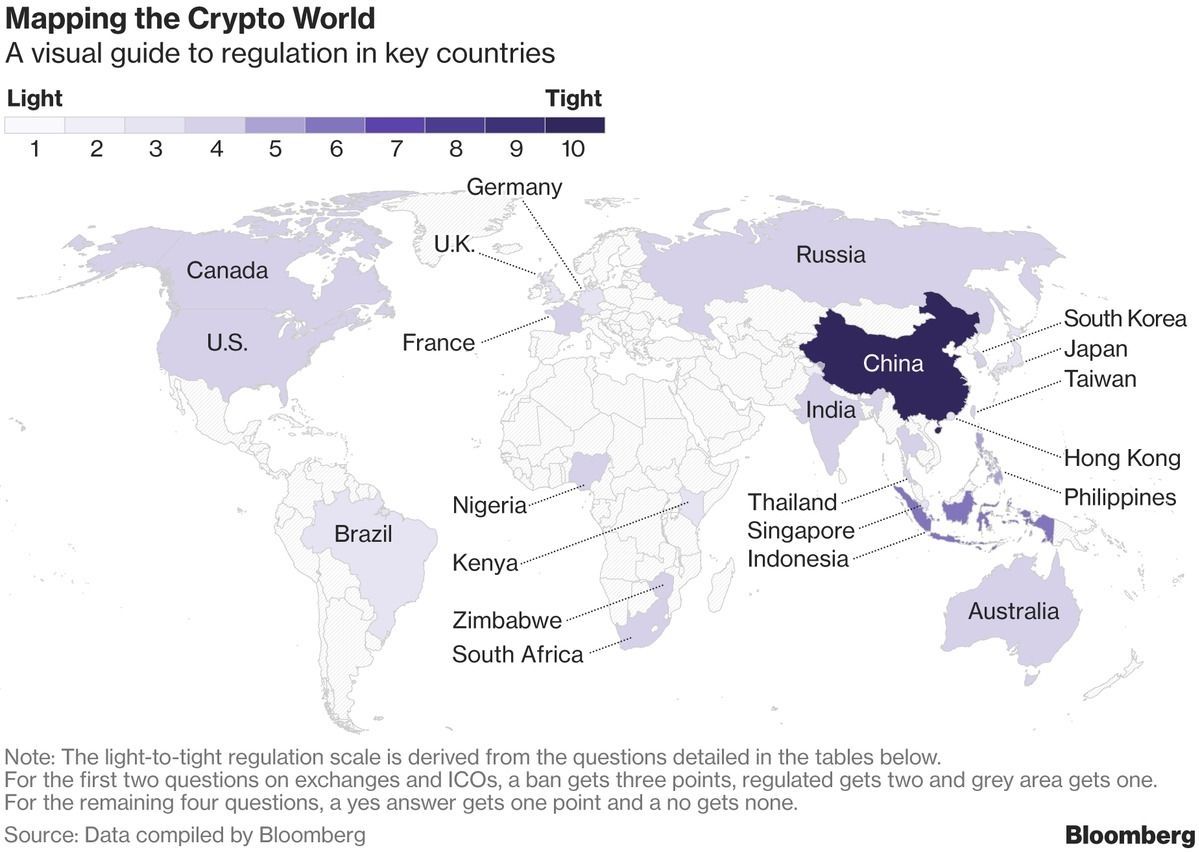Transhumanist thinking has gained a remarkable amount of traction and publicity this year. Powerful Silicon Valley interests have been mounting a charm offensive designed to persuade us of both the value and the inevitability of this transformation.
In a startling leap towards a future that many thought only existed in sci-fi, a Wisconsin high-tech company, Three Square Market, started microchipping its employees last year.
The announcement followed on the heels of a similar move by Swedish company Epicenter, the first to begin this practice. While Three Square Market’s approach is voluntary, the company is financially subsidizing the procedure.
Transhumanist agenda
There is a name of this kind of cultural weirdness: Transhumanism, a strange agglomeration of technology, politics, and even aspects of religion. The Transhumanist view of the future features a fully mechanized simulacrum of society teeming with visible and invisible robots and robotic functions that will engineer the minutia of life at every turn, presumably to make life easier and more fulfilling.








